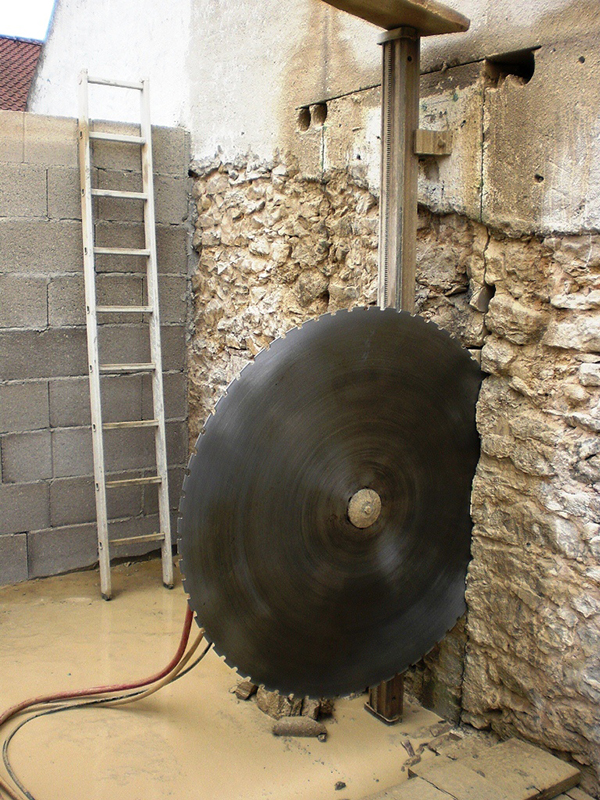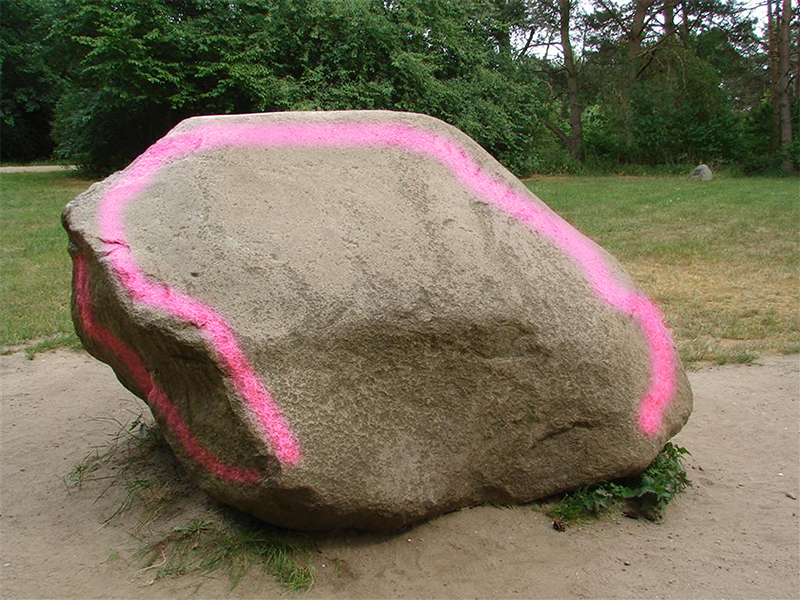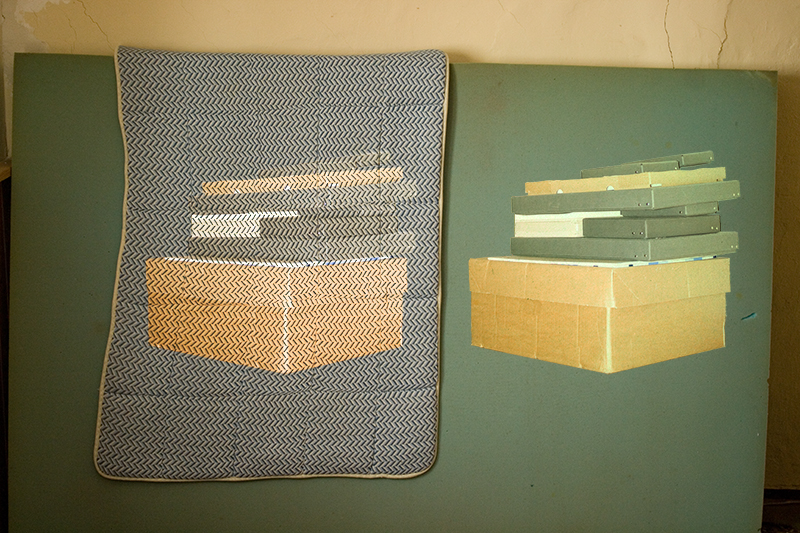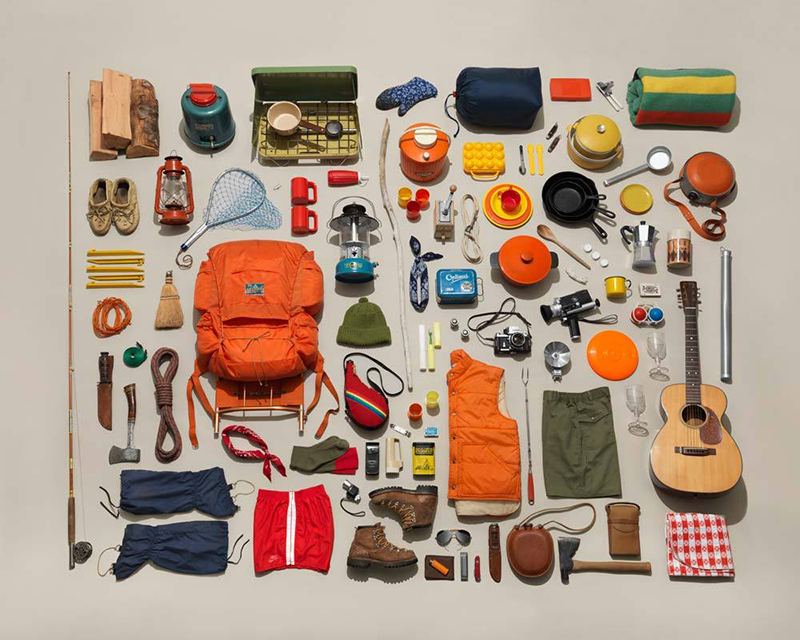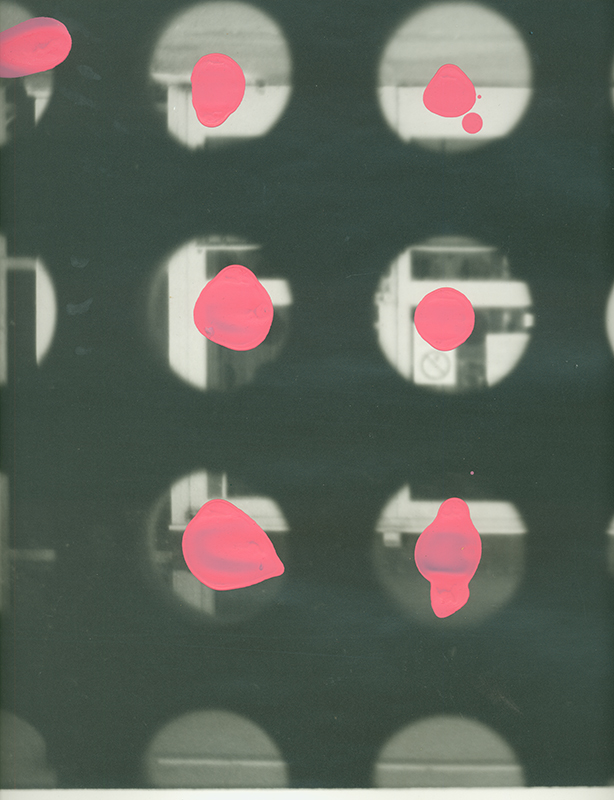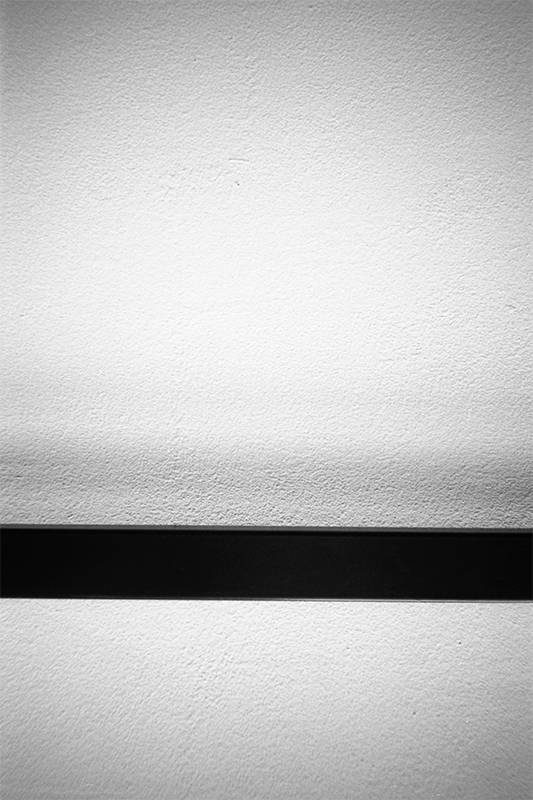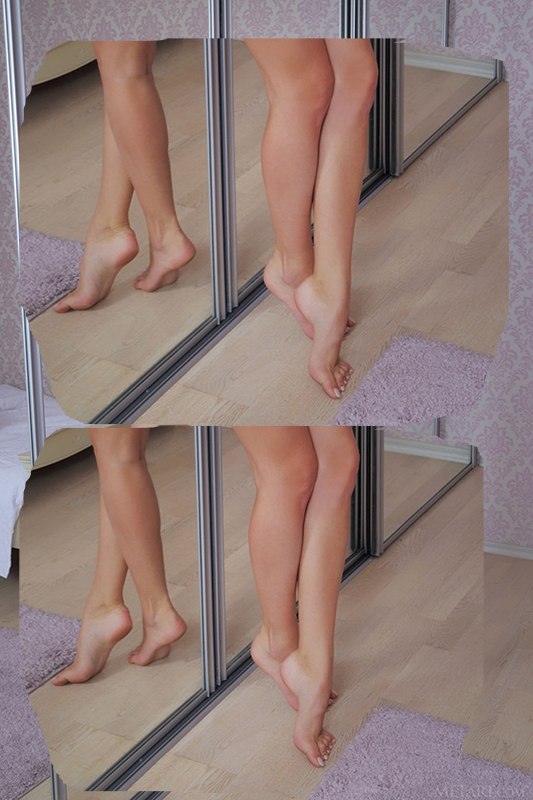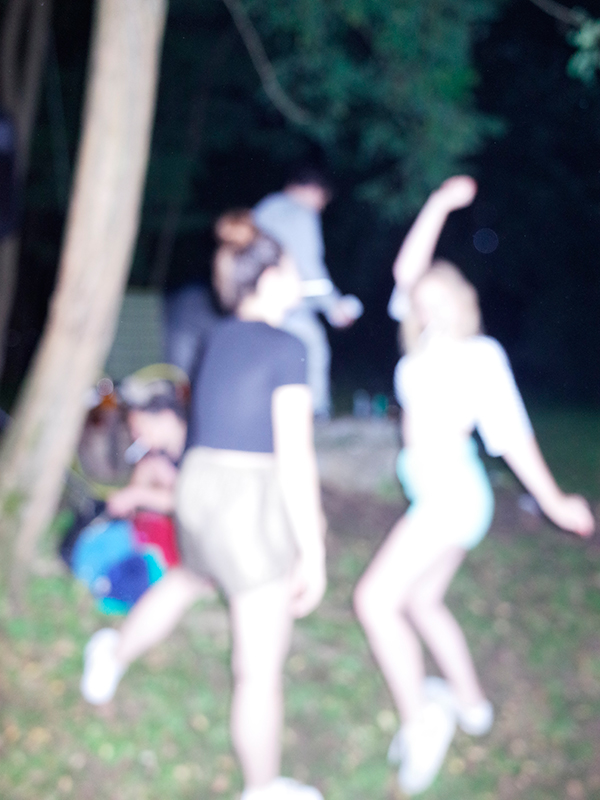The initial idea for this year's Fotopub is to work with types of images which are imminently linked to concrete locations in terms of content and topology. Image types such as road signs, explanatory plates or illustrative notifications are public images which inform a viewer at the specific location of the specific circumstances of this very place. Virtually, they are regarded as "displaying images". Think of an information board outdoors that is found on a marked tourist path giving you an overview of the flora and fauna that can be found in this area. These rather didactic images imminently have a time-related reference to their particular location. Other images such as rendered computer animations which can be found nearby construction areas indicate a future stadium of the respective location. Then again, other images such as billboards of archeological excavations, for example, refer to circumstances already lying in the past. Moreover, the immediacy of the relation between image and location can vary. Most probably one would easily identify the context of the computer animation at a construction site, whereas the information board shows animals which potentially live in this area but in fact, the chance to spot such an animal turns out to be extremely low. Likewise, the notification within the scope of an archaeological discovery demands a certain level of imagination in order to be able to mentally reconstruct the location's condition in the far past.
The decision of the exhibition space on the campsite of Novo Mesto forms another keystone to our exhibition work. An utterly neutral exhibition site does not exist in reality, however, the idea of the White cube indicates to such an ideal. If an exhibition site is chosen which at first is not within the range of experience of the visitors in terms of an appropriate exhibition site for art and secondly, which does not possess the neutrality to give these artistic works "room to breathe", it is important to coordinate location and work very well. An easy method is to design the work in such an obvious way that it physically dominates the location. The more complex method is to to capture the location's structure and its meaning in order to put the work in context. Ideally, location and the artistic work form a unit. The location becomes the artistic work. The added artistic work "activates" the location in a certain way.
A campsite as exhibition space. There you can find pastures, woods, narrow gravel trails, a river with bathing areas, an outdoor barbecue, an open fireplace with seats and a small cabin. The combination of the campsite as exhibition space with public displaying images as described previously, yields particular themes such as leisure, construction site, archaeology, nature, handcrafts and the like. We further differentiated these themes, collected images, combined and edited them. The aim is not only that our images, just like their patterns, fulfill the function of a location-oriented reference but also that they go beyond this notion. Within its overall structure we expand the genre of displaying images with an artistic work by means of a well known tale in fiction: Treasure hunting. Four panels are placed directly in front of dense bushes. The entry of a path is created by slashing it into the bushes with sticks. Through their position the panels are interconnected with the bushes and the path. It is rather indirect and abstract that the images enrich this location. They address a treasure and the troublesome and dangerous way to it with the aid of a treasure map. Moreover, these works also function autonomously as a grouping of four images which, independent from the context, imminently refer to each other, address themselves and ultimately are surfaces. Whilst we concentrate on a specific genre with regards to the installation within the frame of the Fotopub 2016, it is not the case that other interests in images are being left out. In all cases it is about the contemporary and artistic production of images which raise interest in us in all their manifestations.
Our basic principle in dealing with images is that we don't want to move in accordance to the common usages and aesthetics but rather we want to transform them. The difference is in the distance which we, as authors of the images, adopt or at least try to adopt. Of course on the other hand, it is about getting involved with such images, to enjoy them and to be drawn into their maelstrom. We believe that too much distance will lead to a rather dull and purely intellectual work. The motto is to get the balance right between proximity and distance.
Fotopub 2016, Novo Mesto
featured on YET magazin
Documentation: Klemen Ilovar and TI&TO
Die Ausgangsidee des Ausstellungsbeitrags für den diesjährigen Fotopub ist, mit Bildtypen zu arbeiten, die inhaltlich und topologisch in unmittelbarer Verbindung zu konkreten Orten stehen. Bildtypen wie zum Beispiel Straßenschilder, erläuternde Tafeln, Hinweistafeln sind öffentliche Bilder, die einen Betrachter an einem spezifischen Ort über bestimmte Begebenheiten dieses Ortes aufklären. Es handelt sich gewissermaßen um ‚Zeige-Bilder’. Man denke an eine Hinweistafel in der Natur, entlang eines ausgewiesenen Wanderweges, die eine Übersicht über die vor Ort zu findende Tier und Pflanzenwelt gibt. Diese eher didaktischen Bilder haben einen unmittelbaren zeitlichen Bezug zu dem jeweiligen Ort. Andere Bilder, beispielweise gerenderte Computeranimationen, die vor Baustellen stehen, verweisen auf ein zukünftiges Stadium des jeweiligen Ortes. Wieder andere, beispielsweise Hinweistafeln über archäologische Ausgrabungen, verweisen auf etwas, das bereits in der Vergangenheit liegt. Auch die Unmittelbarkeit des Verhältnisses zwischen Bild und Ort kann variieren. Während man bei der Computeranimation vor einer Baustelle unter Umständen deutlich den Zusammenhang erkennt, zeigt die Hinweistafel am Wanderweg Tiere, die dort potenziell leben, die man mit großer Wahrscheinlichkeit aber nicht zu Gesicht bekommt. Auch der Hinweis im Rahmen eines archäologischen Fundes verlangt meist ein gewisses Maß an Vorstellungsvermögen, um sich diesen Ort, in einem weit in der Vergangenheit liegenden Zustand, vorzustellen.
Die Entscheidung für das Campinggelände in Novo Mesto als Ausstellungsort ist ein weiterer Grundpfeiler für unseren Ausstellungsbeitrag. Den absolut neutralen Ausstellungsraum gibt es nicht, allerdings weist die Idee des Whitecube in die Richtung eines solchen Ideals. Wenn man sich für einen Ausstellungsort entscheidet, der sich erstens nicht im Erfahrungshorizont einer potenziellen Besucherschaft als Ausstellungsort für Kunst befindet, der zweitens nicht von sich aus die Neutralität besitzt, um künstlerischen Arbeiten ‚Luft zum Atmen‘ zugeben, muss man Ort und Arbeit sehr stark aufeinander abstimmen. Die einfache Methode ist, die Arbeit so ‚laut‘ zu gestalten, dass sie den Ort physisch dominiert. Die komplexe Art ist es, den Ort, seine Struktur und seine Bedeutungen aufzugreifen und in einen Zusammenhang mit der Arbeit zu stellen. Im Idealfall bilden Ort und Arbeit eine Einheit. Der Ort wird zur Arbeit. Das hinzugefügte Kunstwerk hat dann gewissermaßen die Funktion den Ort zu aktivieren.
Ein Campingplatz als Ausstellungsort. Dort gibt es Wiesen, Wald, schmale Schotterwege, einen Fluss mit Badestelle, ein Grillofen, eine Feuerstelle mit Sitzplätzen und eine kleine Hütte. Bei der Kombination des Campingplatzes als Ausstellungsort mit den oben beschriebenen öffentlichen ‚Zeige-Bildern‘ ergeben sich bestimmte Themengebiete, wie Freizeit, Baustelle, Archäologie, Natur, Kunsthandwerk und ähnliche. Diese Themen haben wir weiter ausdifferenziert und dazu Bilder zusammengetragen, kombiniert, bearbeitet. Ziel ist, dass unsere Bilder, wie ihre Vorbilder, die Funktion des ortsspezifischen Verweisens erfüllen, aber auch darüber hinaus gehen. Beispielsweise erweitern wir mit einer künstlerischen Arbeit innerhalb des Gesamtgefüges das Genre des ‚Zeige-Bildes‘ um eine bekannte Erzählung aus dem Bereich des Fiktionalen: Die Schatzsuche. Vier Bildtafeln stehen unmittelbar vor einem dichten Gebüsch. In das Gebüsch ist mit Stockschlägen der Einstieg eines Pfades angelegt worden. Die Bildtafeln stehen durch ihre Position in Verbindung zu Gebüsch und Pfad. Eher indirekt und abstrakt reichern die Bilder diesen Ort an, thematisieren einen Schatz, den mühsamen und gefährlichen Weg dorthin mithilfe einer Schatzkarte. Darüber hinaus funktionieren die Arbeiten aber auch autonom als Gruppe von vier Bildern, die unabhängig vom Kontext immanent aufeinander verweisen, sich selbst thematisieren, Oberfläche sind. Während wir uns für die Installation im Rahmen des Fotopub 2016 einem spezifischen Genre zuwenden, bedeutet das nicht, dass andere Bildinteressen außen vor bleiben. Immer geht es auch um zeitgenössische künstlerische Bildproduktionen, die uns in all ihren Erscheinungsformen interessieren.
Unser Prinzip im Umgang mit Bildern ist, dass wir uns nicht einfach innerhalb gängiger Verwendungsweisen und Ästhetiken bewegen, sondern diese verhandeln wollen. Der Unterschied liegt in der Distanz, die wir als Autoren zu den Bildern einnehmen, zumindest versuchen einzunehmen. Wobei es gleichzeitig natürlich auch darum geht, sich auf die Bilder einzulassen, sie zu genießen, sich in ihren Sog zu begeben. Wir glauben, dass zu viel Distanz zu einer langweiligen, rein intellektuellen Arbeit führt. Die Devise ist, das richtige Maß zwischen Nähe und Distanz zu finden.
Fotopub 2016, Novo Mesto
featured auf YET magazin
Dokumentation: Klemen Ilovar und TI&TO






















